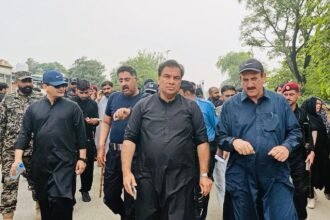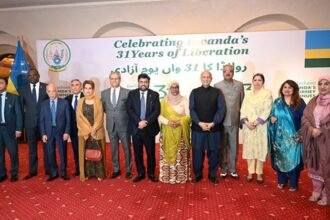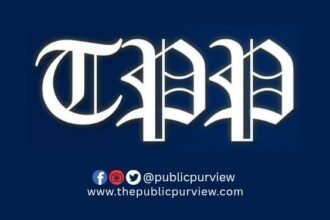Chairperson of the Benazir Income Support Programme, Senator Rubina Khalid, visited the Government Technical and Vocational Center Gulbahar and the Government Gems and Jewellery Training Center Hayatabad. The purpose of her visit was to assess the performance of these training institutions to explore potential future collaboration with BISP.
During her visit, Senator Rubina Khalid inspected various training sessions and stalls set up by students, where they showcased their creative skills. She engaged with the students, encouraged them, and highlighted the key role that skilled individuals play in the country’s economy.
While speaking with the officials of these institutions, Rubina Khalid emphasized the importance of providing digital marketing training to students. According to her, this skill will enable young individuals to start home-based businesses, allowing them to support their families rather than relying on others. Digital marketing will also help them sell their products online, eliminating the need for expensive physical shop rentals.
Senator Rubina Khalid also shared valuable advice with fashion designing students, guiding them on effective color combinations that could attract customers in the market.
Speaking to the media on this occasion, Senator Rubina Khalid reaffirmed BISP’s commitment to empowering underprivileged communities and promoting economic growth. This visit is part of BISP’s efforts to strengthen collaboration with training institutions, promote skill development, and enhance entrepreneurial opportunities for its beneficiaries.
Rubina Khalid stated that the purpose of her visit was to engage with people and shed light on the future plans of the Benazir Income Support Programme. This program is named after a great leader whose vision has always been centered on public welfare. Years ago, Shaheed Benazir Bhutto conveyed a short yet profound message: “Skill is your capital.” These words are not just a simple phrase but a complete philosophy.
Skills are a form of wealth that no one can take away from you. Land, property, and other assets may be lost due to various circumstances, but your skills will always remain with you, ensuring your independence. In line with this vision, BISP has decided to launch the “Benazir Hunarmand Programme” (Benazir Skilled Programme), which is already in its pilot phase.
As part of this initiative, we met with students today who are learning different skills. Within six to eight months of training, they will be able to stand on their own feet. Our primary goal is to support underprivileged women registered under BISP, helping them increase their income and achieve self-sufficiency. Currently, nearly 10 million beneficiary families are registered with us, and our objective is to equip these women with skills that meet international standards. This will not only enable them to contribute to the national economy but also allow them to work abroad and send foreign exchange back to Pakistan.
To make this mission successful, we need everyone’s cooperation, especially that of teachers, who play a crucial role in shaping the future. A teacher does not just impart knowledge but builds an entire generation. We hope that the “Benazir Hunarmand Programme” will be a successful initiative and that we will soon expand it further.










